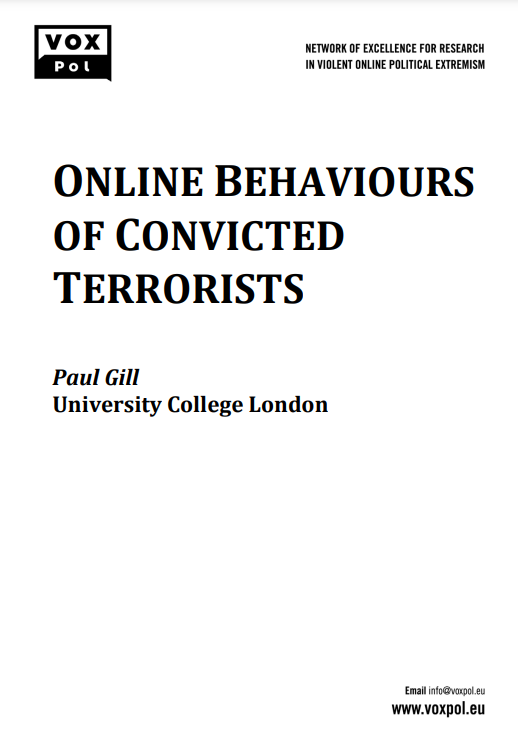Previous research on terrorist use of the Internet generally discusses the opportunities offered by the Internet to terrorist groups (Tsfati & Weimann, 2002; Weimann, 2006; Holt et al., 2015; Rudner, 2016). Such accounts implicitly view the interaction between the Internet and the user as uni-directional (i.e. exposure to Internet content may cause behaviour change). This lacks an acknowledgement that not every potential user will make use available opportunities, nor use these in the same way. The degree to which an individual makes use of an opportunity is modulated based upon their goals, plans, values, beliefs, and experiences (Norman, 1988). At present, there are only three data-driven studies examining how convicted terrorists have used the Internet: Von Behr et al., 2013, Gill et al., 2014, and Gill and Corner 2015. These studies shift the focus from the Internet as a potentially causal factor to how individuals use the Internet based upon their motivations, needs, expectations, and histories. They acknowledge, in other words, the way in which the interaction between Internet and user is a two-way person-situation interactive process in which the individual leads the way. Reported herein are two complementary pieces of research, one large scale and based on open source data and another smaller scale and based on closed sources, that build significantly upon the above described research.
